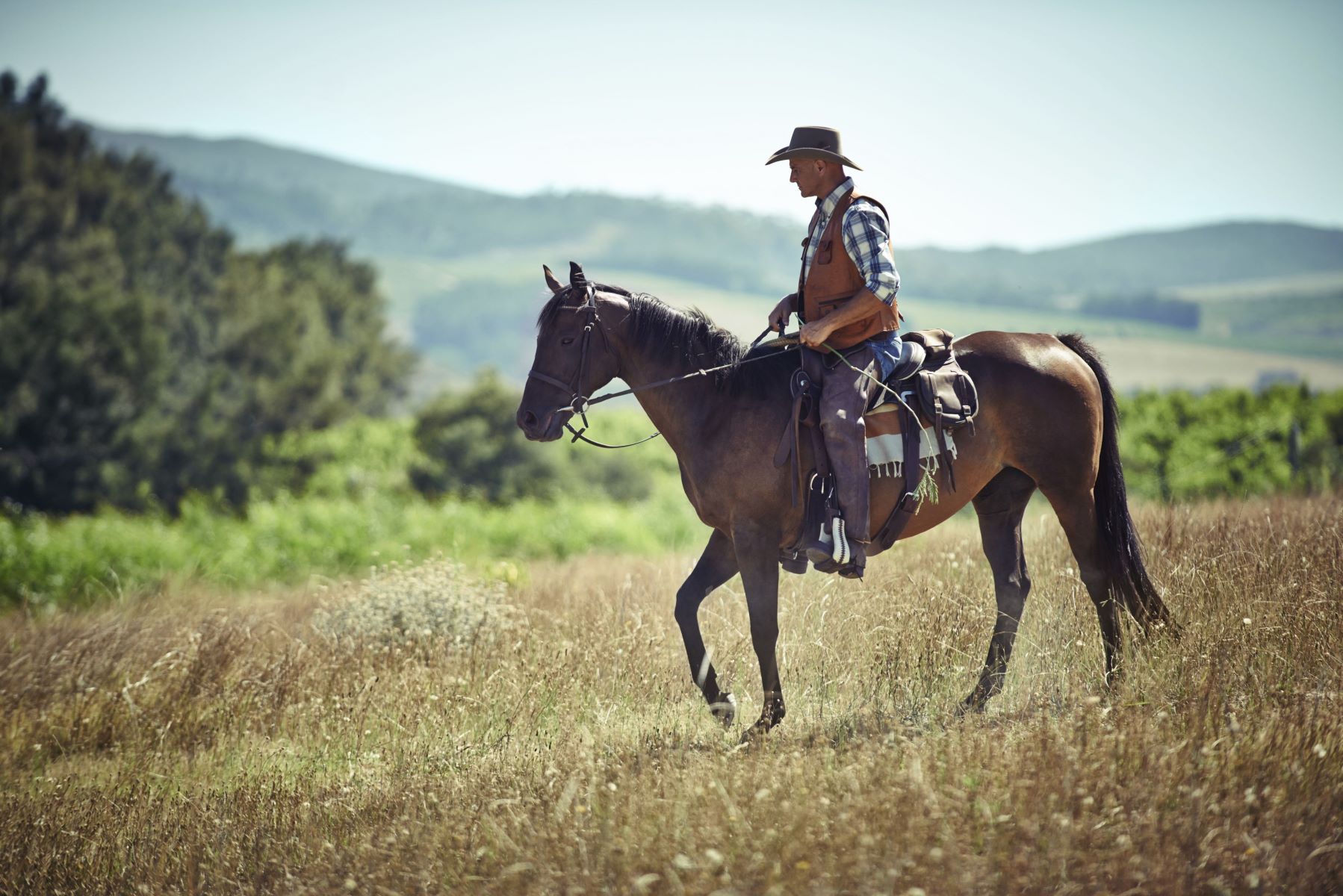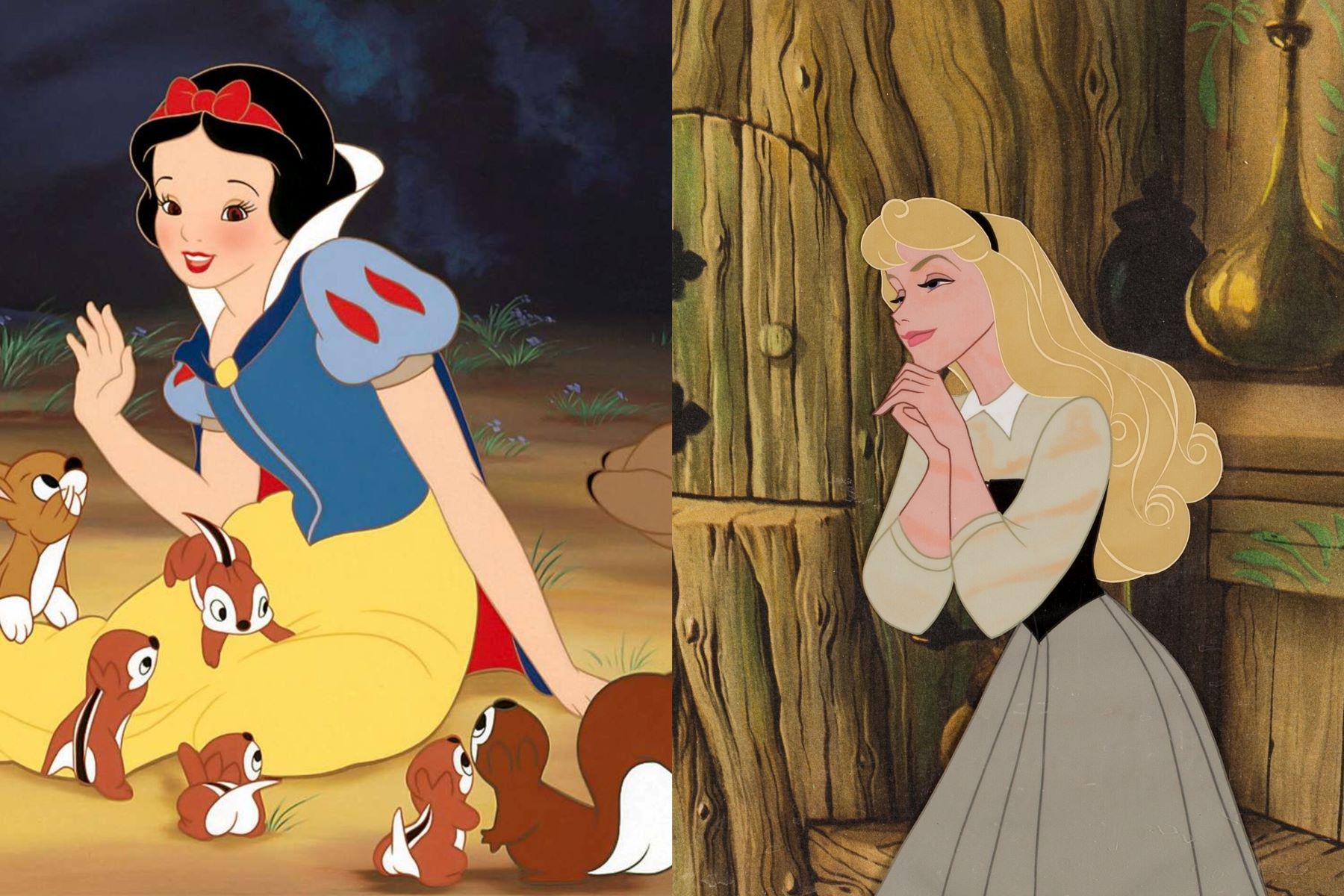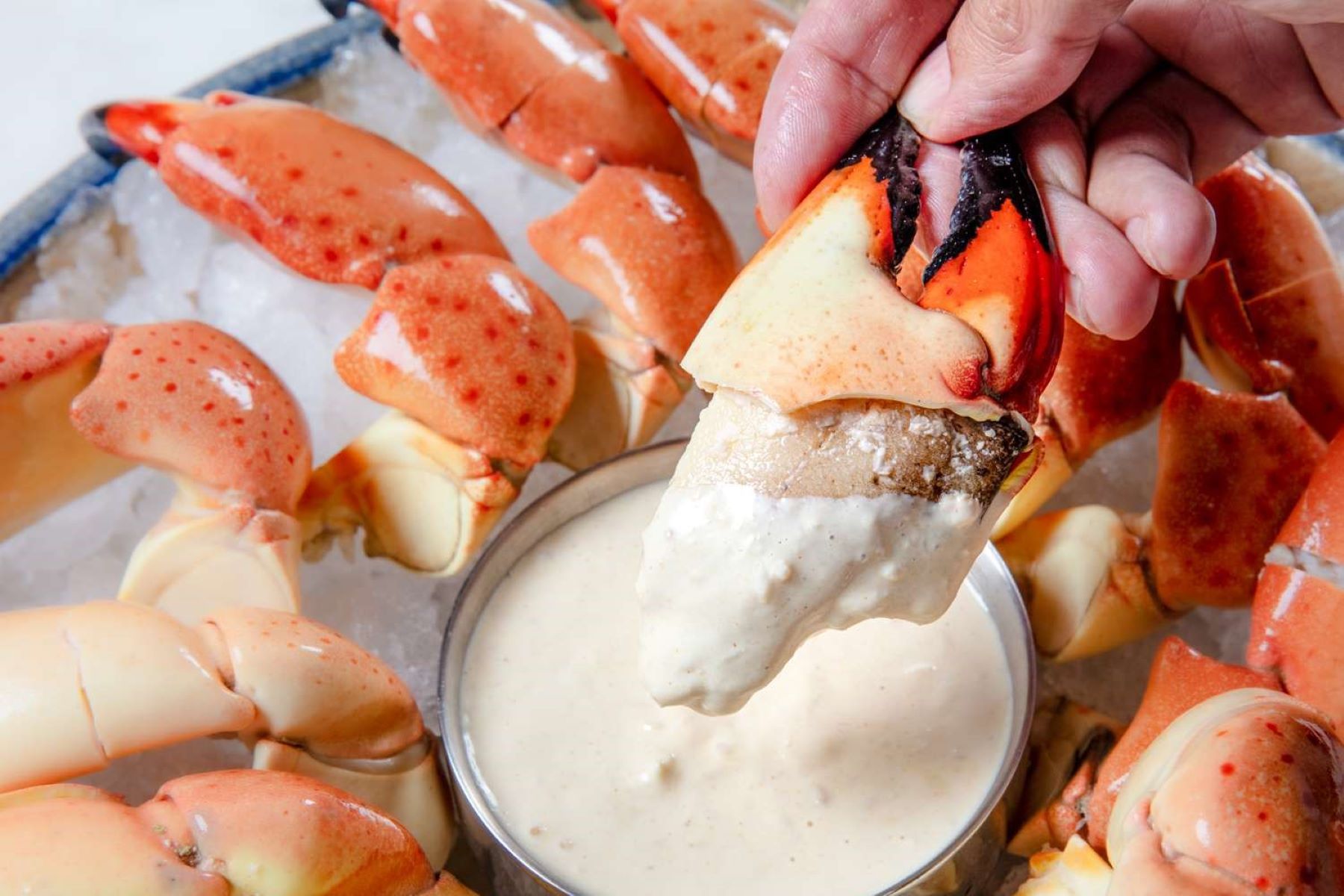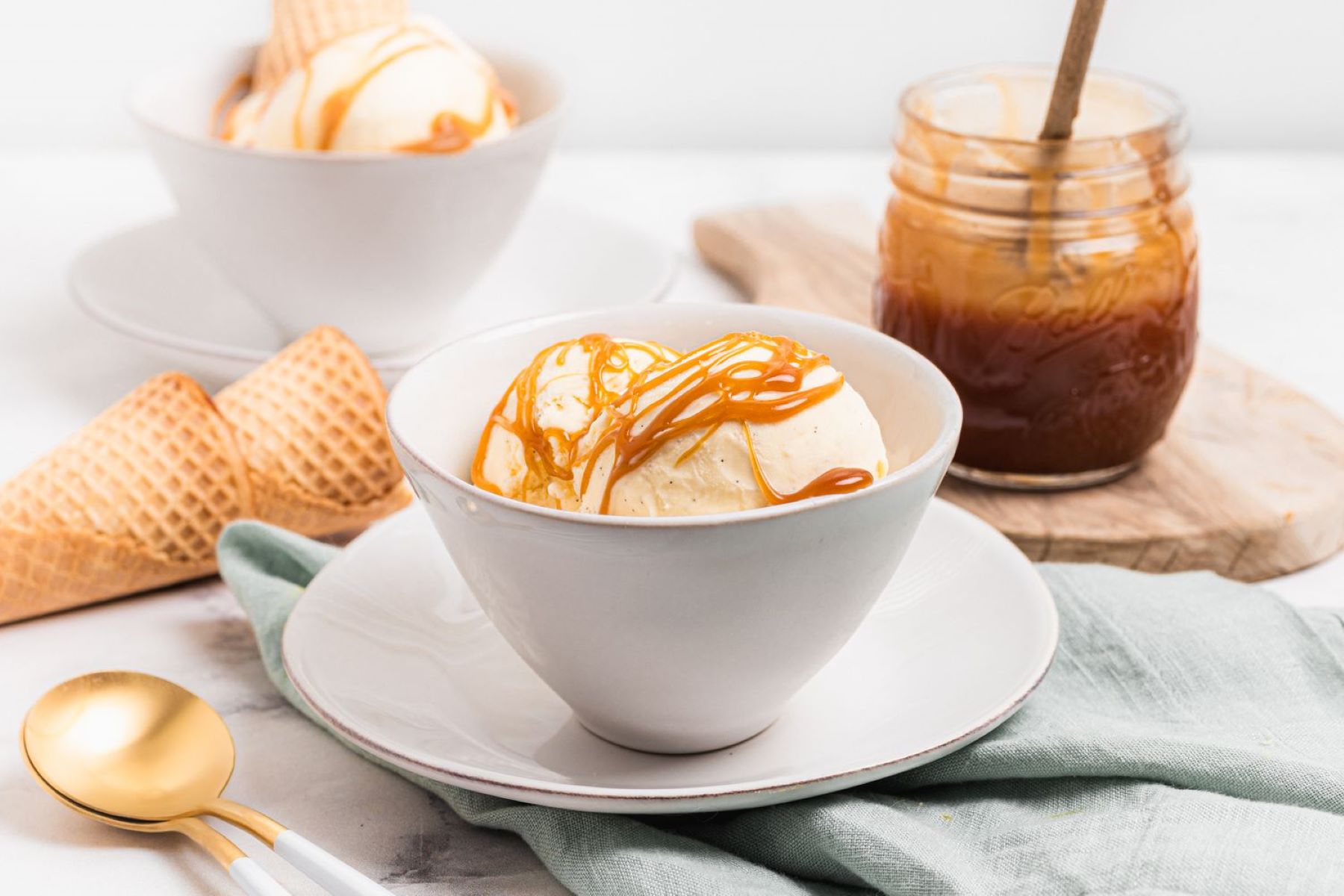Home>Food and Cooking>Unveiling The Surprising Contrasts Between King, Dungeness, And Snow Crab!


Food and Cooking
Unveiling The Surprising Contrasts Between King, Dungeness, And Snow Crab!
Published: February 19, 2024
Discover the unique flavors of King, Dungeness, and Snow Crab in this comprehensive guide. Explore the differences and find the perfect match for your next culinary adventure. Uncover the secrets of crab with our expert insights.
(Many of the links in this article redirect to a specific reviewed product. Your purchase of these products through affiliate links helps to generate commission for Regretless.com, at no extra cost. Learn more)
Table of Contents
Introduction
When it comes to indulging in the delectable world of seafood, crab stands out as a true delicacy, revered for its succulent meat and unique flavor. Among the various types of crab, three prominent varieties often steal the spotlight on seafood menus and dinner tables: King, Dungeness, and Snow Crab. Each of these crab species boasts its own distinct characteristics, from physical appearance to culinary applications, making them intriguing subjects for comparison.
In this comprehensive exploration, we will delve into the surprising contrasts between King, Dungeness, and Snow Crab, uncovering the nuances that set them apart. From their physical attributes and habitat to their flavor profiles and nutritional benefits, we will embark on a flavorful journey to unravel the distinctive traits of these sought-after crustaceans. By the end of this exploration, you will gain a deeper appreciation for the unique qualities that make each type of crab a standout star in the culinary world. So, let's embark on this flavorful expedition and discover the captivating world of King, Dungeness, and Snow Crab!
Read more: How To Eat Snow Crab Legs
Physical Characteristics
King Crab:
- King crabs are renowned for their impressive size, with some species boasting a leg span of up to 5 feet.
- Their robust, spiky exoskeletons, often adorned with hues of red and brown, contribute to their formidable appearance.
- The large, meaty claws of the King Crab are a defining feature, showcasing a formidable shell and substantial meat yield.
Dungeness Crab:
- Dungeness crabs are distinguishable by their broad, oval-shaped bodies, which are typically adorned with a mottled, purplish-brown shell.
- Their formidable claws, while not as massive as those of the King Crab, are characterized by a robust, jagged appearance.
- The Dungeness Crab's overall size is notably smaller than that of the King Crab, making it a popular choice for seafood enthusiasts seeking a more manageable portion.
Snow Crab:
- Snow crabs are recognized for their elongated, spindly legs and relatively narrow bodies, which are enveloped in a pale, almost translucent shell.
- Their slender, delicate claws are in stark contrast to the formidable pincers of the King and Dungeness Crabs, reflecting their distinct physical profile.
- Despite their slender appearance, Snow Crabs yield delectably sweet and tender meat, making them a prized addition to seafood dishes.
Each of these crab varieties presents a unique visual spectacle, from the imposing stature of the King Crab to the more modest proportions of the Dungeness and the delicate, elongated limbs of the Snow Crab. These physical characteristics not only contribute to their aesthetic appeal but also offer insights into the distinct culinary experiences they offer.
Habitat and Distribution
King Crab:
King crabs are predominantly found in the cold waters of the North Pacific Ocean, particularly in the Bering Sea and the Gulf of Alaska. These colossal crustaceans thrive in the frigid depths, where they seek refuge in rocky, subtidal habitats. Their distribution spans from the Aleutian Islands to the coast of British Columbia, showcasing their adaptability to diverse marine environments. The King Crab's preference for deep, cold waters influences the regions where they are most abundantly harvested, with commercial fisheries targeting these bountiful populations for their prized meat.
Dungeness Crab:
Dungeness crabs are commonly found along the west coast of North America, with their range extending from Alaska to Mexico. These crabs favor shallow, coastal waters, where they inhabit sandy or muddy substrates and seek shelter in eelgrass beds and rocky habitats. Their distribution encompasses a variety of marine ecosystems, from estuaries and bays to the outer continental shelf, reflecting their adaptability to diverse coastal environments. The abundance of Dungeness crabs along the Pacific coast has made them a staple in regional seafood markets and a beloved catch for recreational and commercial crabbers alike.
Snow Crab:
Snow crabs inhabit the cold, deep waters of the North Atlantic and North Pacific Oceans, with their range extending from the Arctic Ocean to the waters off the coast of Maine. These resilient crustaceans thrive in depths ranging from 50 to 2000 meters, where they navigate the rugged terrain of the ocean floor. Their distribution encompasses a vast expanse of marine habitats, including continental slopes, submarine canyons, and other deep-sea environments. The commercial harvest of Snow Crabs often targets populations in the Barents Sea, Gulf of St. Lawrence, and the waters off the coast of Newfoundland, reflecting the widespread distribution of these sought-after crustaceans.
The diverse habitats and expansive distributions of King, Dungeness, and Snow Crabs underscore the adaptability of these species to a range of marine environments. From the icy depths of the Bering Sea to the coastal waters of the Pacific and Atlantic Oceans, these crabs have carved out their niches, offering a bountiful supply of delectable seafood for culinary enthusiasts and seafood aficionados around the world.
Flavor and Texture
King Crab:
The meat of the King Crab is celebrated for its rich, sweet flavor and succulent texture. The robust, meaty claws yield tender, luscious meat with a delicate sweetness that captivates the palate. The firm, yet tender texture of King Crab meat lends itself beautifully to a myriad of culinary preparations, from indulgent crab legs to sumptuous crab cakes. Whether steamed, grilled, or added to seafood stews, the King Crab's meat exudes a luxurious flavor profile that elevates any dish it graces.
Dungeness Crab:
Dungeness Crab meat is prized for its delicate, slightly sweet flavor and tender, flaky texture. The succulent meat, extracted from the crab's broad, oval-shaped body and formidable claws, boasts a nuanced sweetness that is complemented by its tender, flaky consistency. Whether enjoyed in classic crab bisques, buttery garlic crab preparations, or simply steamed and served with drawn butter, the Dungeness Crab's meat offers a delightful interplay of flavors and textures that enthralls seafood enthusiasts.
Snow Crab:
Snow Crab meat is renowned for its delicate, subtly sweet flavor and tender, snow-white texture. The slender, spindly legs of the Snow Crab yield succulent, delicate meat that embodies a subtle sweetness, making it a versatile addition to a wide array of seafood dishes. Whether showcased in vibrant seafood salads, decadent crab dips, or as a standalone delicacy, the Snow Crab's meat imparts a delicate, sweet flavor and tender texture that harmonizes effortlessly with various culinary preparations.
The flavor and texture of King, Dungeness, and Snow Crab reflect the unique characteristics of each species, offering seafood aficionados a diverse spectrum of sensory experiences. From the robust sweetness of King Crab to the delicate nuances of Dungeness and Snow Crab, each variety presents a distinct culinary allure that continues to captivate palates and inspire innovative culinary creations.
Culinary Uses
King, Dungeness, and Snow Crabs are prized for their delectable meat, which lends itself to a wide array of culinary applications. From extravagant seafood feasts to elegant appetizers, each crab variety brings its own unique flavor and texture to the table, inspiring a diverse range of culinary creations.
King Crab:
The colossal, meaty claws of the King Crab are a coveted delicacy, often showcased as the centerpiece of lavish seafood platters. Whether steamed and served with clarified butter or incorporated into rich, creamy crab bisques, the sweet, succulent meat of the King Crab adds a touch of opulence to any dish. King Crab legs, with their impressive size and robust flavor, are often featured in upscale dining establishments, where they are celebrated for their luxurious appeal and exquisite taste. Additionally, the tender, flavorful meat of the King Crab is a popular choice for crafting indulgent crab cakes, where it shines as the star ingredient, delivering a harmonious blend of sweetness and umami richness.
Dungeness Crab:
The tender, flaky meat of the Dungeness Crab is a versatile ingredient that lends itself to a myriad of culinary creations. From classic crab salads and sandwiches to flavorful crab soups and chowders, Dungeness Crab meat infuses dishes with its delicate sweetness and tender texture. The formidable claws of the Dungeness Crab yield generous portions of succulent meat, making them an ideal choice for crafting delectable crab cocktails and appetizers. In addition, the nuanced flavor of Dungeness Crab meat shines in pasta dishes, where it adds a touch of elegance to creamy sauces and seafood pastas, creating a symphony of flavors that delights the palate.
Snow Crab:
The delicate, snow-white meat of the Snow Crab is a prized addition to an array of culinary creations, offering a subtly sweet flavor and tender texture. Snow Crab meat is often featured in vibrant seafood salads, where its delicate flavor pairs beautifully with crisp greens and zesty dressings, creating refreshing and satisfying dishes. Furthermore, the tender, succulent meat of Snow Crab legs is a popular choice for crafting delectable crab dips and spreads, adding a touch of indulgence to appetizer menus. Whether showcased in seafood pastas, stir-fries, or innovative sushi rolls, Snow Crab meat brings a delicate sweetness and tender consistency to a diverse range of culinary delights.
From extravagant seafood platters to casual seafood-centric meals, King, Dungeness, and Snow Crabs offer a wealth of culinary possibilities, each contributing its own unique flavor and texture to elevate dishes and captivate the senses. Whether enjoyed in classic preparations or innovative culinary creations, the delectable meat of these crab varieties continues to inspire and delight seafood enthusiasts around the world.
Nutritional Comparison
When it comes to evaluating the nutritional profiles of King, Dungeness, and Snow Crabs, each variety offers a unique array of essential nutrients that contribute to their appeal as wholesome seafood choices. These crustaceans are not only celebrated for their delectable flavor and culinary versatility but also for their valuable contribution to a well-rounded, nutrient-rich diet.
King Crab:
King Crab meat is a notable source of high-quality protein, offering a substantial serving of essential amino acids that support muscle health and overall bodily functions. Additionally, King Crab meat is rich in vitamin B12, a vital nutrient that plays a key role in red blood cell formation and neurological function. The meat of the King Crab also provides essential minerals such as zinc, copper, and selenium, which contribute to immune function, antioxidant defense, and overall well-being. Furthermore, King Crab meat is low in fat and calories, making it a nutrient-dense choice for individuals seeking to maintain a balanced diet while indulging in a delectable seafood treat.
Dungeness Crab:
Dungeness Crab meat is a valuable source of lean protein, offering a satisfying serving of essential amino acids that support muscle maintenance and repair. In addition to its protein content, Dungeness Crab meat is rich in vitamin B6, a nutrient that plays a crucial role in metabolism, cognitive function, and immune health. The meat of the Dungeness Crab also provides essential minerals such as phosphorus, magnesium, and potassium, which contribute to bone health, energy metabolism, and electrolyte balance. With its low calorie and fat content, Dungeness Crab meat emerges as a nutrient-rich option for individuals seeking a flavorful and healthful addition to their diet.
Snow Crab:
Snow Crab meat stands out as a valuable source of protein, delivering a generous portion of essential amino acids that support muscle development and repair. Additionally, Snow Crab meat is rich in vitamin C, a potent antioxidant that supports immune function, collagen synthesis, and iron absorption. The meat of the Snow Crab also provides essential minerals such as calcium, iron, and phosphorus, which contribute to bone health, oxygen transport, and overall vitality. With its low calorie and fat content, Snow Crab meat offers a nutrient-dense option for individuals looking to incorporate a delectable and nourishing seafood choice into their dietary regimen.
In summary, King, Dungeness, and Snow Crabs each offer a distinct nutritional profile, providing valuable protein, essential vitamins, and essential minerals that contribute to overall health and well-being. Whether enjoyed for their sumptuous flavor or their nutrient-rich composition, these crab varieties stand as wholesome additions to a balanced and flavorful diet.
Sustainability and Environmental Impact
Sustainability and environmental impact are critical considerations when evaluating the harvesting and consumption of seafood, including King, Dungeness, and Snow Crabs. The commercial fishing industry, particularly in relation to crab harvesting, has a significant influence on marine ecosystems and the long-term viability of crab populations. Understanding the sustainability practices and environmental impact associated with crab fishing is essential for making informed choices as consumers and advocates for marine conservation.
King Crab:
The harvesting of King Crab is subject to strict regulations and management measures aimed at ensuring the sustainability of crab populations. Fisheries management organizations, such as the Alaska Department of Fish and Game, oversee the implementation of quotas, seasonal closures, and size restrictions to prevent overexploitation of King Crab stocks. By adhering to these regulations, the industry strives to maintain the ecological balance of marine habitats and safeguard the long-term abundance of King Crab populations.
Dungeness Crab:
Similar to King Crab, the Dungeness Crab fishery is governed by comprehensive regulations designed to promote sustainable harvesting practices. Fisheries management authorities, including the Pacific States Marine Fisheries Commission, collaborate with industry stakeholders to implement measures such as trap limits, escape ring requirements, and area closures to protect Dungeness Crab populations. These conservation efforts aim to mitigate the environmental impact of crab fishing and support the resilience of Dungeness Crab habitats.
Snow Crab:
The commercial harvest of Snow Crab is guided by sustainable management practices that prioritize the preservation of crab populations and marine ecosystems. Fisheries management authorities, such as Fisheries and Oceans Canada, oversee the implementation of measures such as trap limits, area closures, and real-time monitoring to ensure the responsible harvesting of Snow Crab. By integrating scientific research and industry collaboration, these management initiatives contribute to the sustainable utilization of Snow Crab resources while minimizing adverse environmental effects.
In addition to regulatory measures, advancements in fishing gear technology and practices have contributed to reducing the environmental impact of crab harvesting. Innovations such as biodegradable escape panels, modified trap designs, and bycatch reduction strategies have emerged as valuable tools for promoting sustainable crab fishing and minimizing unintended ecological consequences.
By supporting sustainable crab fisheries and making informed seafood choices, consumers play a pivotal role in advocating for the conservation of crab populations and marine environments. Choosing certified sustainable crab products, staying informed about responsible fishing practices, and engaging in dialogue about marine conservation contribute to the collective effort to safeguard the future of King, Dungeness, and Snow Crabs and the ecosystems they inhabit.
The sustainability and environmental impact of crab fishing are ongoing considerations that require continued collaboration between industry stakeholders, regulatory bodies, and conservation advocates. By prioritizing sustainable practices and environmental stewardship, the seafood industry can uphold the delicate balance of marine ecosystems and ensure the enduring availability of these cherished crustaceans for generations to come.
Conclusion
In conclusion, the captivating world of King, Dungeness, and Snow Crabs unveils a tapestry of contrasts, from their physical characteristics and habitat to their flavor profiles and culinary versatility. Each crab variety presents a unique allure, captivating seafood enthusiasts with its distinct attributes and culinary potential.
The physical characteristics of these crab species offer a visual spectacle, from the imposing size and robust claws of the King Crab to the more modest proportions of the Dungeness and the delicate, elongated limbs of the Snow Crab. These visual distinctions not only contribute to their aesthetic appeal but also provide insights into the diverse culinary experiences they offer.
Furthermore, the habitat and distribution of King, Dungeness, and Snow Crabs underscore their adaptability to a range of marine environments, from the cold depths of the Bering Sea to the coastal waters of the Pacific and Atlantic Oceans. Their widespread presence reflects the resilience of these crustaceans and the bountiful supply of delectable seafood they offer to culinary enthusiasts worldwide.
When it comes to flavor and texture, each crab variety presents a sensory journey, from the rich, sweet meat of the King Crab to the delicate nuances of Dungeness and Snow Crab. These distinct flavor profiles and textures inspire a diverse array of culinary creations, from extravagant seafood platters to elegant appetizers, showcasing the versatility and culinary potential of these prized crustaceans.
Moreover, the nutritional comparison highlights the valuable contribution of King, Dungeness, and Snow Crabs to a well-rounded, nutrient-rich diet. These crab varieties offer essential nutrients, lean protein, and vital minerals, making them not only a delectable indulgence but also a wholesome addition to a balanced diet.
Lastly, the sustainability and environmental impact of crab fishing underscore the importance of responsible harvesting practices and conservation efforts. By supporting sustainable crab fisheries and making informed seafood choices, consumers play a pivotal role in advocating for the preservation of crab populations and marine ecosystems.
In essence, the surprising contrasts between King, Dungeness, and Snow Crabs offer a multifaceted exploration of the diverse and captivating world of these cherished crustaceans. Whether enjoyed for their sumptuous flavor, culinary versatility, or their ecological significance, King, Dungeness, and Snow Crabs continue to captivate the senses and inspire a profound appreciation for the bountiful treasures of the sea.












